Review phoneme segmentation by popping each phoneme using these task cards.
Short Vowel Words Phoneme Segmentation Activity
Kids love to use Pop Its™, so why not bring that multisensory object into the classroom and use these task cards to have your students practise segmenting these short vowel words into their phonemes?
To use the task cards, students first identify the featured word, then tap out the segments of the word into its phonemes; they consolidate this knowledge by then using a Pop It™ to push the phonemes of the word. The set of task cards includes a variety of short vowel words, ranging from three-letter words to four-letter words. These task cards are ideal for small-group instruction, or as part of a whole-class phonics lesson.
Tips for Differentiation + Scaffolding
If you have a mixture of above and below-level learners, check out these suggestions for keeping students on track with the concepts:
🆘 Support Struggling Students
For struggling students, work one-on-one with them or assign them a partner to help them segment the words.
➕ Challenge Fast Finishers
To challenge fast finishers, add a list of harder words on the board and have them segment those words into phonemes.
👋 Exit Ticket
Use these cards as a formative assessment after your lesson. Pick a random assortment of cards and project them on the board for the whole class to see. Students can record their answers on a sheet of paper, sticky note or notebook.
Easily Prepare This Resource for Your Students
Use the dropdown icon on the Download button to choose between the PDF or Google Slides version of this resource.
Print on cardstock for added durability and longevity. Place all pieces in a folder or large envelope for easy access.
To keep the task cards out of pockets or under desks, punch a hole in the corner of each to place them on a binder ring.
This resource was created by Samantha Rose, a Teach Starter collaborator.
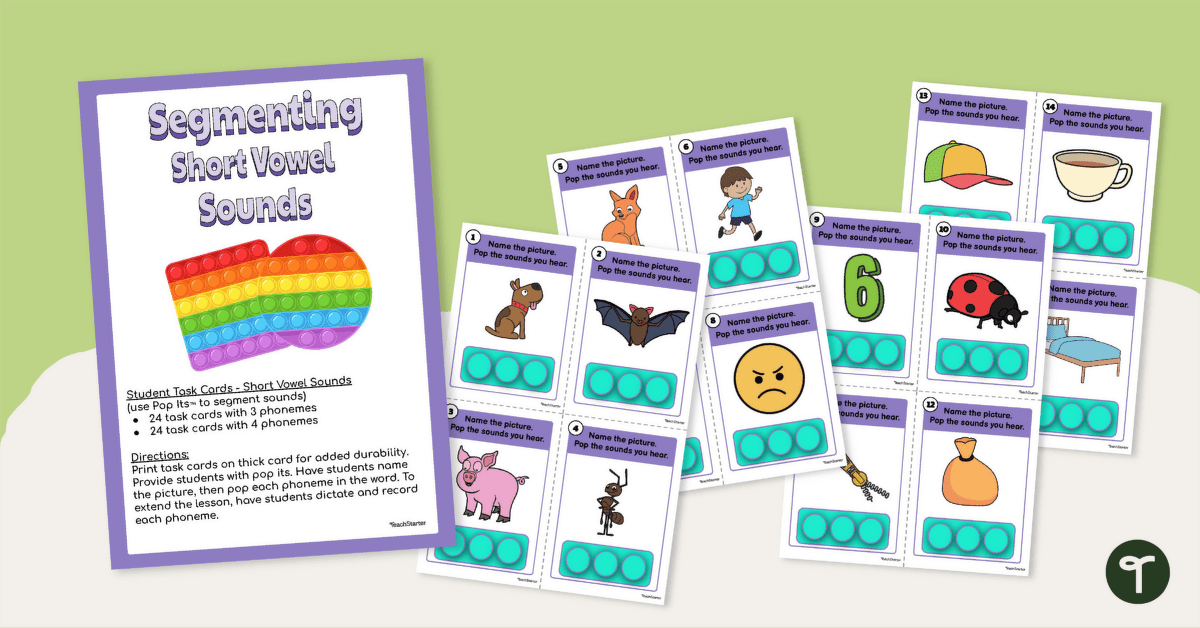

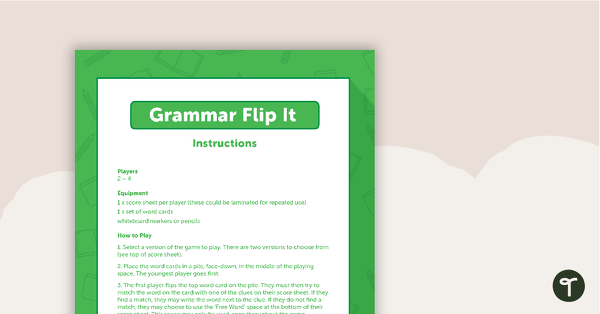
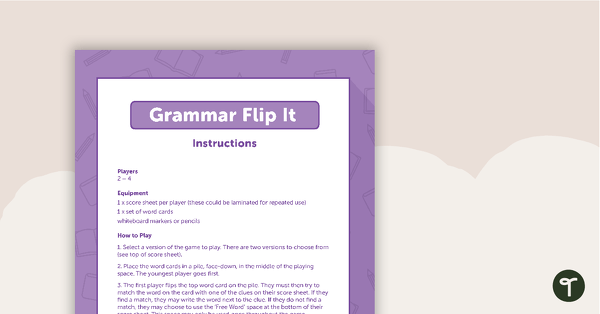


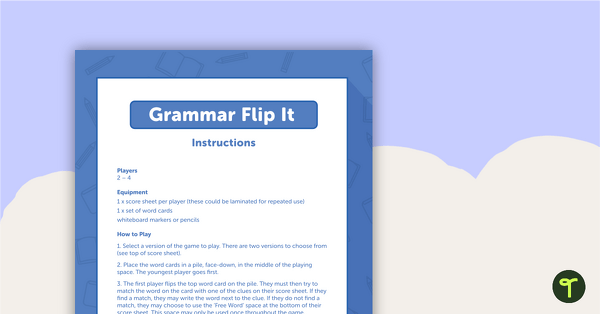


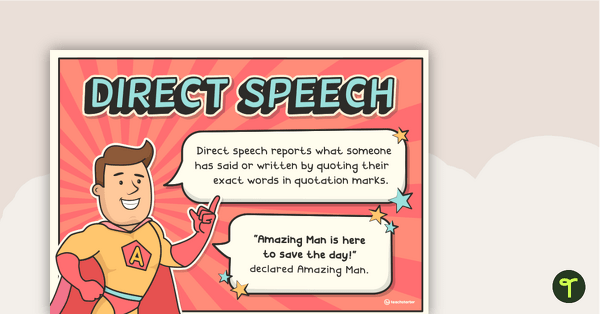
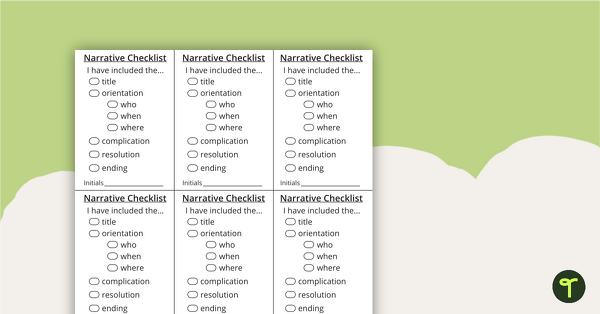

0 Comments
Write a review to help other teachers and parents like yourself. If you'd like to request a change to this resource, or report an error, select the corresponding tab above.